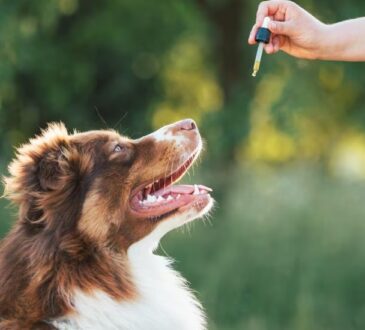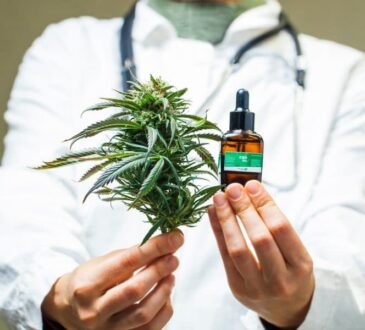
Welcome to the realm of mold toxicity, where battling this silent invader can feel like a never-ending game of cat and mouse. Just when you think you’ve cornered it, it finds a way to slip through your fingers, leaving you feeling frustrated and defeated.
But fear not, for a new era of innovative treatments has emerged, shedding light on the elusive enemy that lurks within our homes and bodies. From natural remedies to advanced medical interventions, this discussion will explore the cutting-edge solutions that are revolutionizing the fight against mold toxicity.
So, grab your hazmat suit and join us as we uncover the secrets to reclaiming your health and well-being in this battle against the mold menace.
Identifying Mold Sources
To identify mold sources, you must conduct a thorough inspection of your environment, paying close attention to areas with moisture and poor ventilation. Mold inspection techniques involve visually examining areas where mold is commonly found, such as basements, bathrooms, kitchens, and areas with water damage. Look for signs of discoloration, musty odors, and visible mold growth. It’s important to note that not all mold is easily visible, so using moisture meters and thermal imaging cameras can help detect hidden mold behind walls or under flooring.
When conducting your inspection, be aware of the common indoor mold species that are often found in homes and buildings. These include Cladosporium, Penicillium, Aspergillus, and Stachybotrys chartarum (also known as black mold). Each species has its own unique appearance and characteristics, so familiarizing yourself with them can assist in identifying the type of mold present.
Remember that identifying mold sources is just the first step. Once you have identified the presence of mold, it’s crucial to take immediate action to address the issue and prevent further mold growth. This may involve fixing any sources of moisture, improving ventilation, and seeking professional mold remediation services if necessary. By being proactive in identifying and addressing mold sources, you can create a healthier and mold-free environment for yourself and your family.
Natural Remedies for Mold Removal
After identifying mold sources, it’s important to explore natural alternatives for effectively removing mold from your environment. DIY solutions can be a cost-effective and safe way to tackle mold infestations.
One natural remedy for mold removal is vinegar. Its acidic properties make it effective in killing mold on various surfaces. Simply mix equal parts of white vinegar and water in a spray bottle and apply it directly to the affected areas. Let it sit for a few hours before scrubbing the mold away.
Another natural alternative is hydrogen peroxide. It’s a powerful disinfectant that can kill mold and prevent its regrowth. Mix a 3% concentration of hydrogen peroxide with water in a spray bottle and apply it to the mold-infested areas. Allow it to sit for 10-15 minutes before wiping it clean.
Tea tree oil is another effective DIY solution. Its antifungal properties can inhibit mold growth. Mix 10 drops of tea tree oil with a cup of water and spray it onto the affected surfaces. Leave it on without rinsing.
These natural remedies can provide a safe and effective way to remove mold from your environment. Remember to always wear protective gear and ensure proper ventilation during the mold removal process.
Advanced Medical Treatments for Mold Toxicity
Advanced medical treatments for mold toxicity include a range of innovative approaches that aim to alleviate the symptoms and address the underlying causes of mold-related illnesses. These treatments focus on advanced diagnostics to accurately identify the presence of mold toxins in the body and alternative therapies to promote healing and recovery.
Advanced diagnostics play a crucial role in the treatment of mold toxicity. They involve sophisticated laboratory tests and imaging techniques to detect the presence of mold toxins in the body. These diagnostics help healthcare professionals assess the extent of mold exposure and determine the most appropriate treatment plan for each individual. By identifying the specific mold species and toxins present, medical professionals can tailor the treatment to address the unique challenges posed by each case of mold toxicity.
In addition to diagnostics, alternative therapies are gaining recognition as effective treatment options for mold toxicity. These therapies include ozone therapy, which involves the use of ozone gas to eliminate mold toxins, and hyperbaric oxygen therapy, which increases the oxygen levels in the body to promote healing and detoxification. Other alternative therapies may include nutritional supplementation, herbal remedies, and biofeedback techniques, among others.
Prevention Strategies to Combat Mold
Implementing effective prevention strategies is crucial in combatting mold and minimizing the risk of mold-related illnesses.
Mold prevention techniques focus on maintaining good indoor air quality, as mold thrives in damp and poorly ventilated environments. Proper ventilation is key, as it helps to reduce moisture levels and promotes air circulation. Regularly opening windows and using exhaust fans in kitchens and bathrooms can help prevent moisture buildup.
Additionally, it’s important to address any leaks or water damage promptly to prevent mold growth. Regularly inspecting and cleaning HVAC systems, including air ducts and filters, is also essential in maintaining good indoor air quality and preventing mold.
Controlling humidity levels is another important aspect of mold prevention. Using dehumidifiers in areas prone to moisture, such as basements and bathrooms, can help keep humidity levels in check. It’s also important to ensure that the building’s exterior is properly sealed to prevent water intrusion.




